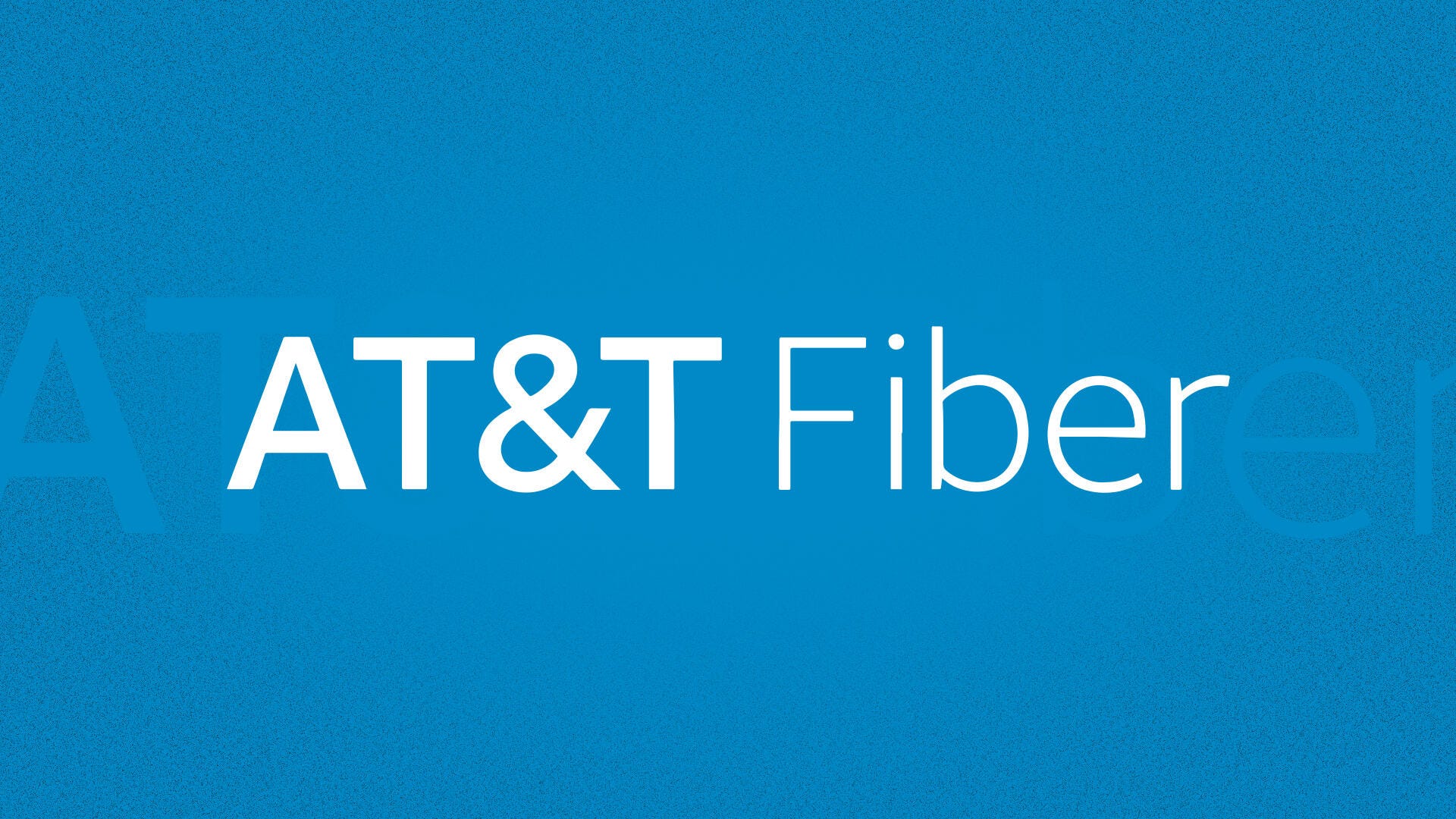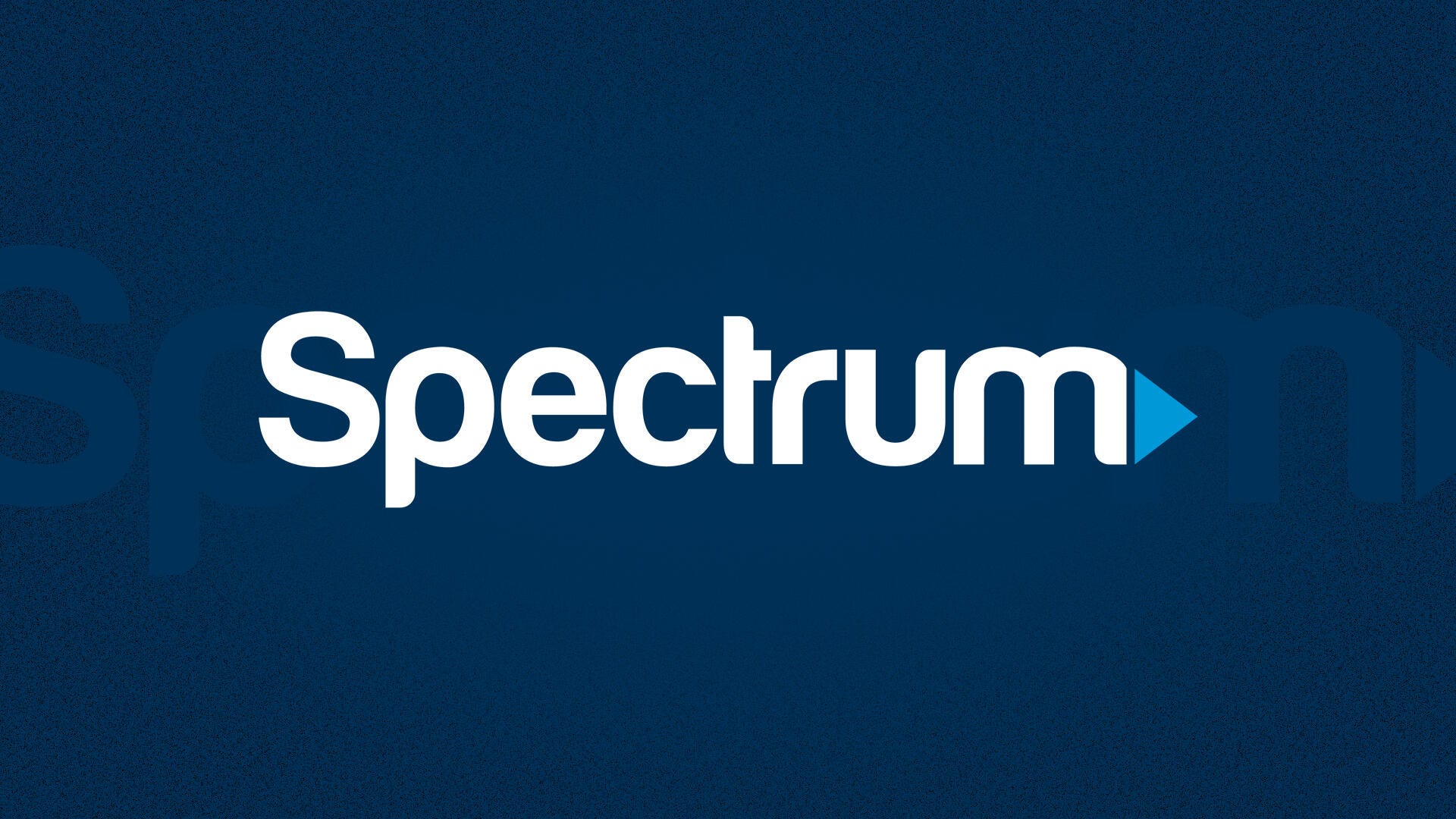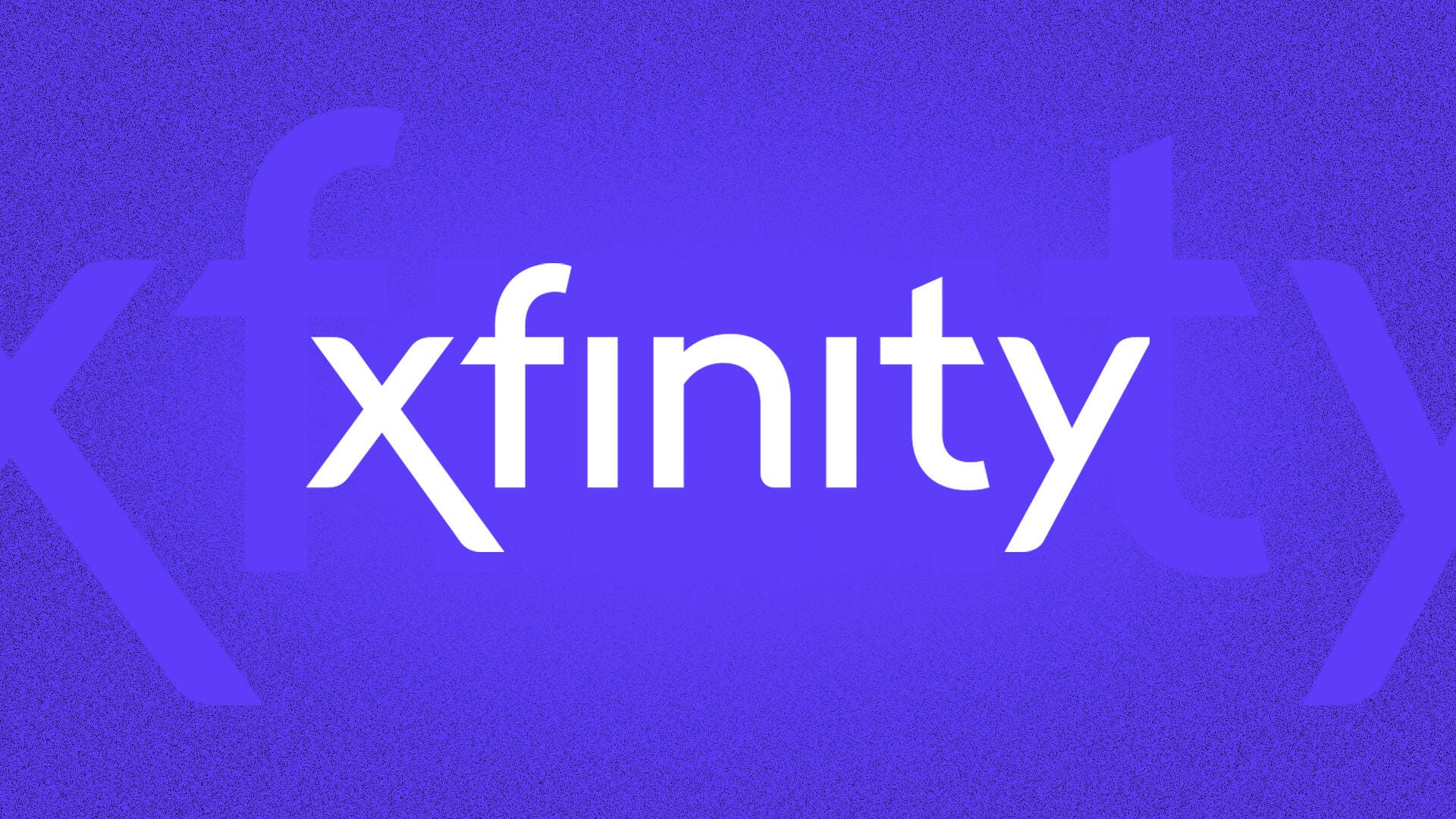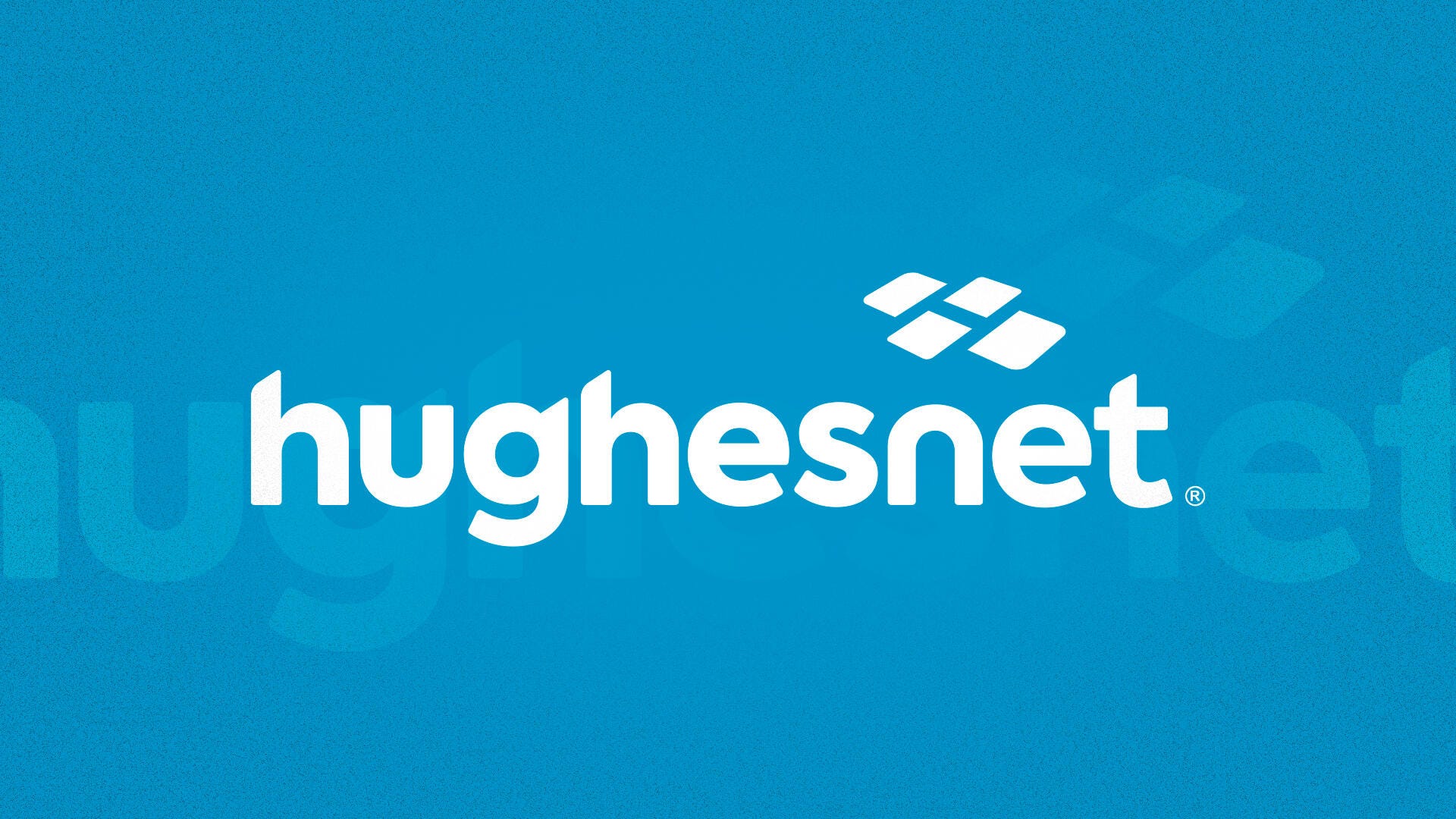The Golden State has quite a reputation for its contributions to the history of technology and the internet. From Apple to Intel to Silicon Valley, California is where it’s at. Unsurprisingly, the state’s biggest metro areas are great places to find fast, reliable home internet connections. After all, you need to keep that data moving for remote workers, gamers and folks just looking to kick back and stream vintage ChiPs episodes at the end of the day.
What is the best internet provider in California?
City dwellers will likely have several providers to choose from, but we want to give a special shoutout to AT&T Fiber, CNET’s choice as the best internet service provider in California. AT&T Fiber topped our recommended ISP lists for San Francisco, Oakland, Los Angeles, San Diego and Sacramento — a feat that earned it our nod for best in the state. Fiber isn’t everywhere, and you may need to choose from other providers, whether it’s Spectrum, Xfinity, Cox, Frontier or a regional provider like Sonic. You can also turn to 5G home internet if you want freedom from contracts and wired internet connections.
CNET considers speeds, pricing, customer service and overall value to recommend the best internet service in California across several categories. Our evaluation includes referencing a proprietary database built over years of reviewing internet services. We validate that against provider information by spot-checking local addresses for service availability. We also closely read providers’ terms and conditions and, when needed, call ISPs to verify the details.
Despite our efforts to find the most recent and accurate information, our process has some limitations you should know about. Pricing and speed data are variable: Certain addresses may qualify for different service tiers, and monthly costs may vary, even within a city. The best way to identify your options is to plug your address into a provider’s website.
Also, the prices, speed and other information listed above and in the provider cards below may differ from what we found in our research. The cards display the full range of a provider’s pricing and speed across the US, according to our database of plan information provided directly by ISPs. At the same time, the text is specific to what’s available in California. The prices referenced within this article’s text come from our research and include applicable discounts for setting up automatic payments each month — a standard industry offering. Discounts and promotions might also be available for signing a term contract or bundling multiple services.
To learn more about how we review internet providers, visit our full methodology page.
Best internet options in California

300 – 5,000 Mbps
$55 – $250 per month
Our take – Here’s why AT&T Fiber tops this list of best internet providers in the Golden State: It offers fast downloads and uploads, simple plan pricing, a promise not to raise rates after the first year and decent availability in major metro areas.
300 – 5,000 Mbps
$55 – $250 per month

Fixed wireless
72 – 245 Mbps
$60 per month
Our take – T-Mobile Home Internet and Verizon 5G Home Internet are close competitors as fixed wireless ISPs in California. Still, T-Mobile gets our nod here thanks to wider availability across the state. If you’re in an area where Verizon hits 1,000Mbps (as in parts of the Bay Area), that might tip you toward Verizon.
Fixed wireless
72 – 245 Mbps
$60 per month

300 – 1,000 Mbps
$50 – $80 per month
Our take – Charter Communications’ Spectrum Internet connects to nearly 47% of California households, according to the FCC, making it one of the widest-reaching ISPs in the state. It’s focused on Southern California. If you live up north, look for Xfinity instead.
300 – 1,000 Mbps
$50 – $80 per month

150 – 6,000 Mbps
$20 – $300 per month
Our take – The FCC says Xfinity reaches around 33% of California residents. Its main stomping grounds are around the state’s northern end from the Fresno area on up. Xfinity excels in offering many plan options, which means you’ll need to scrutinize the details to know what you’re getting into.
150 – 6,000 Mbps
$20 – $300 per month

$50 – $80 per month
Our take – The three big satellite internet competitors are Starlink, Viasat and Hughesnet. Chances are good they’ll have you covered even if you’re far from populated areas. Hughesnet gets special recognition here due to its reliable speeds.
$50 – $80 per month
Rural internet options in California
| Provider | Connection type | Price range | Speed range | Data cap | Availability |
|---|---|---|---|---|---|
| California Broadband Services | Fixed wireless | $50-$220 | 10-40Mbps | Varies | Sacramento, Yolo, San Joaquin counties |
| Ridge Wireless | Fixed wireless | $100-$115 | 20-60Mbps | None | Silicon Valley |
| Rocky Ridge Wireless | Fixed wireless | $60-$175 | 5-30Mbps | None | El Dorado and Amador counties |
| SkyHi Broadband | Fixed wireless | $70-$200 | 5-30Mbps (60Mbps plan may be available) | None | Lincoln and surrounding areas |
| Succeed.net | Fixed wireless | $40-$100 | 10-100Mbps | 500GB-Unlimited | Areas around Glenn, Yuba City and Sacramento |
|
T-Mobile Home Internet Read full review |
Fixed wireless | $60 | 72-245Mbps | None | Large areas across the state |
| Ukiah Wireless | Fixed wireless | $55-$100 | 12-25Mbps | None | Ukiah area |
| unWired Broadband | Fixed wireless | $54-varies with location | Varies | None | Central California |
| Valley Center Wireless | Fixed wireless | $45-$105 | 1-30Mbps | None | North San Diego County |
Show more (4 items)
Source: CNET analysis of provider data.
California is known for its big cities and pretty beaches, but many Californians live in rural areas and farming communities. That can limit available ISP options considerably. If you’re on the outskirts of a city or town, you may be able to get a DSL connection from a provider like AT&T. If you’re farther out, you may be down to two main options: fixed wireless or satellite internet.
The chart above includes a selection of rural internet providers across California, but it’s not comprehensive. You may find different provider services in your area. One way to find these smaller ISPs is to plug your address into the FCC National Broadband Map to pull up a list of possible providers. Read CNET’s guide to the best rural internet providers.
Start with T-Mobile Home Internet for fixed wireless, but don’t be surprised if it’s unavailable at your address. Fortunately, California has local fixed wireless providers specializing in rural internet. Compared to city options, rural fixed wireless can be expensive and slow. Its main competitor is satellite internet from Hughesnet, Viasat or Starlink. Consider pricing and speeds when making your decision. Here’s what you need to know about fixed wireless and how it compares to other internet connection types.

California broadband details at a glance
Approximately 32% of residences in California have access to wired internet with speeds of at least 100Mbps down and 20Mbps up, according to the FCC. That’s the federal government’s minimum standard for broadband. Rural households may not have much choice regarding faster speed tiers, but city dwellers can usually find speedier options.
Similarly, about 31% of California residents can get wired internet with at least 1,000Mbps down. Not surprisingly, access is clustered around the big cities. Providers like AT&T Fiber, Sonic (in the Bay Area), Google Fiber (around Irvine) and Xfinity all deliver at the 1,000Mbps level and above. Rural areas are primarily serviced by satellite or local fixed wireless ISPs. Speeds aren’t always great, but it’s better than no connection at all.
Internet breakdown by city in California
It’s hard to cover the broadband options of an entire state and give its cities the attention they deserve. That’s why we also compile lists of the best internet providers in cities across the US, including those in California. We tackle details such as internet connection types, maximum speeds and cheapest providers. Check back later if you don’t find the location you’re looking for below. We’re working to add more cities every week.
How fast is California broadband?
The Golden State comes in at 10th place for Ookla’s Speedtest ranking of fixed internet speeds by state. Delaware, New Jersey, Florida and North Carolina are some states that beat it out with faster median download speeds. Ookla’s ranking of internet speeds for the 100 most populous US cities has a strong showing by California. Irvine triumphantly comes in second (just below Raleigh, North Carolina) with a median download speed of 276Mbps. You can largely thank Google Fiber for that.
FCC data lets us dial in on some of the details of internet speeds in California. The National Broadband Map shows roughly 30% of California households have access to fiber internet connections. Much of that is concentrated in the wider Los Angeles metro area and the Bay Area. Keep that in mind if you’re moving and fiber is a must-have. AT&T Fiber is plenty fast, with speeds up to 5,000Mbps in some locations. Xfinity has limited availability of its 10,000Mbps plan in the Bay Area. You’ll also find regional fiber provider Sonic up in the Bay Area. It has a speedy 10,000Mbps plan available in some spots. Frontier Fiber has a small but notable presence in Southern California.
If you’re plagued by slow internet at home, there are some steps you can take to try to improve it. The problem might be with your Wi-Fi setup rather than your internet connection. It could be finding a new router location or picking up a range extender. Follow these four steps to improve your Wi-Fi. If it’s truly a matter of your ISP, it might be time to upgrade your plan or shop around to see if a different provider is faster or more reliable. Find the top ISPs in your area.
Internet pricing in California
Around $50 is a standard starting price for home internet. That will connect you with decent speeds through most ISPs, from Xfinity to Spectrum to AT&T Fiber to Verizon 5G Home Internet. Promotional deals and new-customer contract offers can bring that starting price down. For example, Xfinity’s 150Mbps Connect plan will run you just $20 monthly with a one-year contract.
Affordable doesn’t have to mean slow. AT&T Fiber’s no-fuss $55-a-month 300Mbps plan is a good deal for fiber. If you’re not an internet power user, you should be perfectly happy with that speed level. Verizon and T-Mobile offer bargains for eligible phone customers. Bundle up and your Verizon home internet will cost as low as $35 a month, while T-Mobile home internet will be $40 a month. If you’re in a good location, you may be able to pull down some decent speeds.
When picking your plan, assess your needs. Are you uploading massive files for work? Are you a hard-core gamer? Do you have multiple people in the house who are all streaming at the same time? Maybe you need a higher-end, more expensive plan to handle all that. If not, look to budget options. Instead of AT&T Fiber’s $180-per-month 5,000Mbps plan, you might do just fine with the 1,000Mbps plan at $80 monthly. Check out these eight ways to save on your internet bill.
How CNET chose the best internet providers in California
Internet service providers are numerous and regional. Unlike the latest smartphone, laptop, router or kitchen tool, it’s impractical to personally test every ISP in a given city. What’s our approach? We start by researching the pricing, availability and speed information, drawing on our own historical ISP data, the provider sites and mapping information from the Federal Communications Commission at FCC.gov.
It doesn’t end there: We go to the FCC’s website to check our data and ensure we consider every ISP that provides service in an area. We also input local addresses on provider websites to find specific options for residents. We look at sources, including the American Customer Satisfaction Index and J.D. Power, to evaluate how happy customers are with an ISP’s service. ISP plans and prices are subject to frequent changes; all information provided is accurate as of publication.
Once we have this localized information, we ask three main questions:
- Does the provider offer access to reasonably fast internet speeds?
- Do customers get decent value for what they’re paying?
- Are customers happy with their service?
While the answers to those questions are often layered and complex, the providers that come closest to “yes” on all three are the ones we recommend. When selecting the cheapest internet service, we look for the plans with the lowest monthly fee, although we also factor in things like price increases, equipment fees and contracts. Choosing the fastest internet service is relatively straightforward. We look at advertised upload and download speeds and consider real-world speed data from sources like Ookla and FCC reports.
To explore our process in more depth, visit our how we test ISPs page.
The future of broadband in California
California’s big cities are well-covered with ISP options, but gaps exist in less-populated parts of the state. According to the office of Governor Gavin Newsom, roughly one in five Californians don’t have access to affordable high-speed internet. The state has been making investments to improve this, but a lot of federal money is also coming to help California build out broadband. In June, the White House announced how the Broadband Equity Access and Deployment program — part of the Infrastructure Act — will allocate funding. California can expect over $1.8 billion to expand high-speed internet access.
California began construction on an ambitious 10,000-mile fiber network in late 2022. The “Middle Mile” project is intended to help connect communities with no internet or slow internet. The idea is that service providers will hook up to this main network to offer “last mile” connections to homes and businesses. The state hopes to complete the project by the end of 2026. If the project goes as planned, it could be a huge change for the better in rural areas and places that tend to be overlooked by major ISPs.
Internet in California FAQs
Does California have good internet?
Yes, in many places. According to Ookla’s Speedtest data, California’s fixed internet speeds rank highly among all the states, putting it in 11th place. Your broadband experience can vary considerably depending on where you live. If you’re in a major metro area, you should have a choice of at least two or three ISPs, with desirable fiber available in some spots. If you’re in a rural community, you may not fare so well. In that case, fixed wireless or satellite may be your only options. Those aren’t always ideal, but you should at least be able to get connected.
Is there fiber internet in California?
A handful of fiber providers compete to deliver fast uploads and equally fast downloads around California. AT&T Fiber has the biggest presence, although availability is still limited compared to the reach of cable, DSL and fixed wireless ISPs. In the Bay Area, check to see if Sonic reaches your home. It’s been expanding its fiber presence and offers speeds up to 10,000Mbps in some spots. Frontier Fiber is scattered around broader Los Angeles, while Google Fiber can be found in Irvine. Ting operates around limited parts of Southern California, Race Communication services Rancho Santa Fe and Fidium connect some of the Sacramento area.
How do I get rural internet in California?
There are many good reasons for living outside of California’s big cities: Less traffic, a quieter way of life and beautiful scenery are just a few examples. No matter where you are, you should be able to fall back on satellite internet from Hughesnet, Viasat or Starlink to get online. Before you invest in satellite, check for fixed wireless providers in your area by plugging your address into the FCC broadband map. You may find a local ISP that reaches your home with fixed wireless. From there, you can compare speeds and prices to make an informed decision.




















+ There are no comments
Add yours